NYC Adds Bus Lanes To Flatbush Ave Corridor
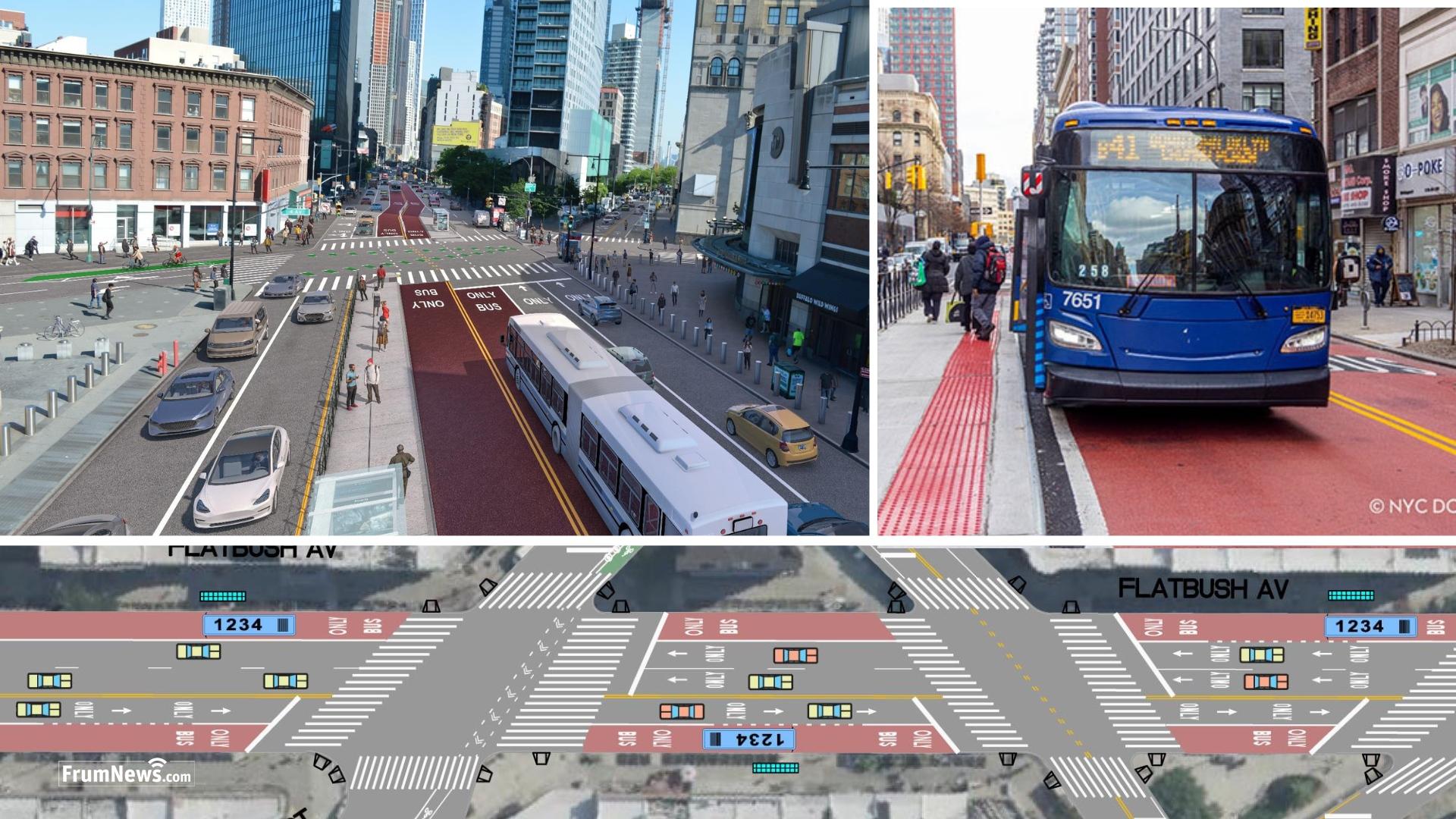
The New York City Department Of Transportation (DOT) installed center-running bus lanes on Flatbush Ave to provide faster, more reliable bus service for 132,000 daily riders
by FrumNews.com
Flatbush, NY — The New York City Department of Transportation (DOT), always looking for a way to fight cars, added bus lanes to one of Brooklyn’s most trafficked roads: Flatbush Avenue.
Under the banner of “Better Buses,” the DOT introduced a proposal to make Flatbush Avenue a “Bus Priority” area. The DOT chose this corridor because it is a major corridor in Brooklyn with connections to major job centers, housing, shopping, and recreation.
The DOT recently outlined its proposal to Brooklyn Community Boards 2, 8 and 9 for final approval, which are situated along the northern portion of the corridor until after Grand Army Plaza.
“By redesigning Flatbush Avenue, (and removing driving lanes for private vehicles) we can speed up bus service to improve the lives of nearly 70,000 daily bus riders currently stuck on one of the most congested corridors in Brooklyn—while also enhancing pedestrian safety,” said DOT Press Secretary Vin Barone in a statement.
A bus lane on Flatbush Avenue would arguably be one of the Adams administration’s signature transportation achievements—among far-left progressives and socialists, ahead of a busy mayoral election in 2025.
The corridor carries an average of 132,000 bus riders daily along 12 MTA bus routes using Flatbush Ave. Many of these routes connect with major subway connections, such as Atlantic Terminal, which provides connections to LIRR and nine subway lines; Nostrand Junction with the 2/5 trains; and Prospect Park with B/Q/S trains.
The B41 bus is the primary route that runs along Flatbush Ave.
The corridor runs between the Manhattan Bridge, the BQE, the Belt Parkway and the Gil Hodges Memorial Bridge, which connects the Rockaways with Brooklyn. It also serves as a vital corridor for the frum Kehillos of Flatbush, Midwood, Mill Basin, Sheepshead Bay, Williamsburg and Crown Heights.
The Plan
The DOT divided the corridor into three sections: Downtown Brooklyn/Northern Flatbush Av, Prospect Lefferts Gardens/Flatbush, and Southern Brooklyn.
- In Downtown, buses have the slowest speeds and the closest density of subway and road connections.
- The Prospect Lefferts Gardens/Flatbush corridor suffers from congestion due to double parking. It also has the highest ridership and slow bus speeds.
- In Southern Brooklyn, Flatbush Ave has the Lower density, a wider roadway south of Utica Ave, and fewer connections to subway lines.
The DOT plans to replace car lanes with bus-only lanes in each direction of the avenue, starting with Livingston Street and Grand Army Plaza.
The DOT is offering three options:
Curbside bus lanes — This would provide dedicated space for buses along the curb and allow for additional traffic capacity. The drawbacks include eliminating parking and only permitting quick pick-ups and drop-offs during bus lane hours, and would frequently be blocked due to parking/loading demand
Offset bus lanes—This fixes most of the curbside option’s drawbacks. It would provide dedicated space for buses in the lane next to parking and allow for parking and loading during all hours. It is less likely than curbside lanes to be blocked due to parking/loading demand.
Center-running bus lanes—This plan includes creating a dedicated busway for the corridor, which will physically separate bus lanes while also enhancing bus service.
Unlike the offset lanes, this plan would also include median bus stops to increase safety by shortening crossing distances and providing pedestrian refuge. It would minimize bus-vehicle conflicts as well as bus lane blockages
The Path Forward
Going forward, the DOT says that it will refine its design proposals, reach out via community board proposals and on-street interviews and continue with traffic analysis and project design.
The plan follows the Brooklyn Bus Redesign, approved by the local Brooklyn community boards which would redesign and add more of the borough’s MTA city bus lanes and more MTA city bus routes in all Jewish and Frum neighborhoods of Brooklyn. Part of the proposal is to create the B41 Select Bus Service (similar to the B44, B46 and Q44). The proposed Interbough Express would also connect with the route.
The DOT says it hopes to implement the bus lanes along Flatbush Ave by late 2025. In a press release on September 5, 2025, The New York City Department Of Transportation (DOT) stated: “This fall, we’re installing center-running bus lanes on Flatbush Ave from Livingston St to Grand Army Plaza (where most households don’t own a car) to provide faster, more reliable bus service for 132,000 daily riders.”
*****
Removing a driving lane from Flatbush Avenue is only a gotcha scheme backed by the left’s war on cars, that will further create gridlock traffic jams and try to force Brooklyn residents into the crime-filled, homeless and drug-infested city bus mass-transit system, that is mismanaged by the MTA.
Let’s not forget that in New York City, driving is a privilege, not a right.
2 Comments
-
10/17/2025 | כ"ה תשרי התשפ"ו
If our city dedicated its energy on solving problems rather then creating them, we would be better off
-
10/17/2025 | כ"ה תשרי התשפ"ו
What’s the deal?
NYC is taking the short way instead of building a light rail or subway line in this transit desert
Post your comments:
Read Next trending_flat
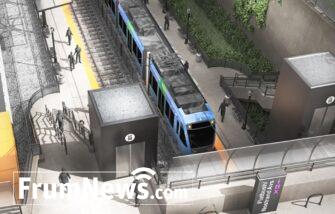 Boro Park
Boro Park

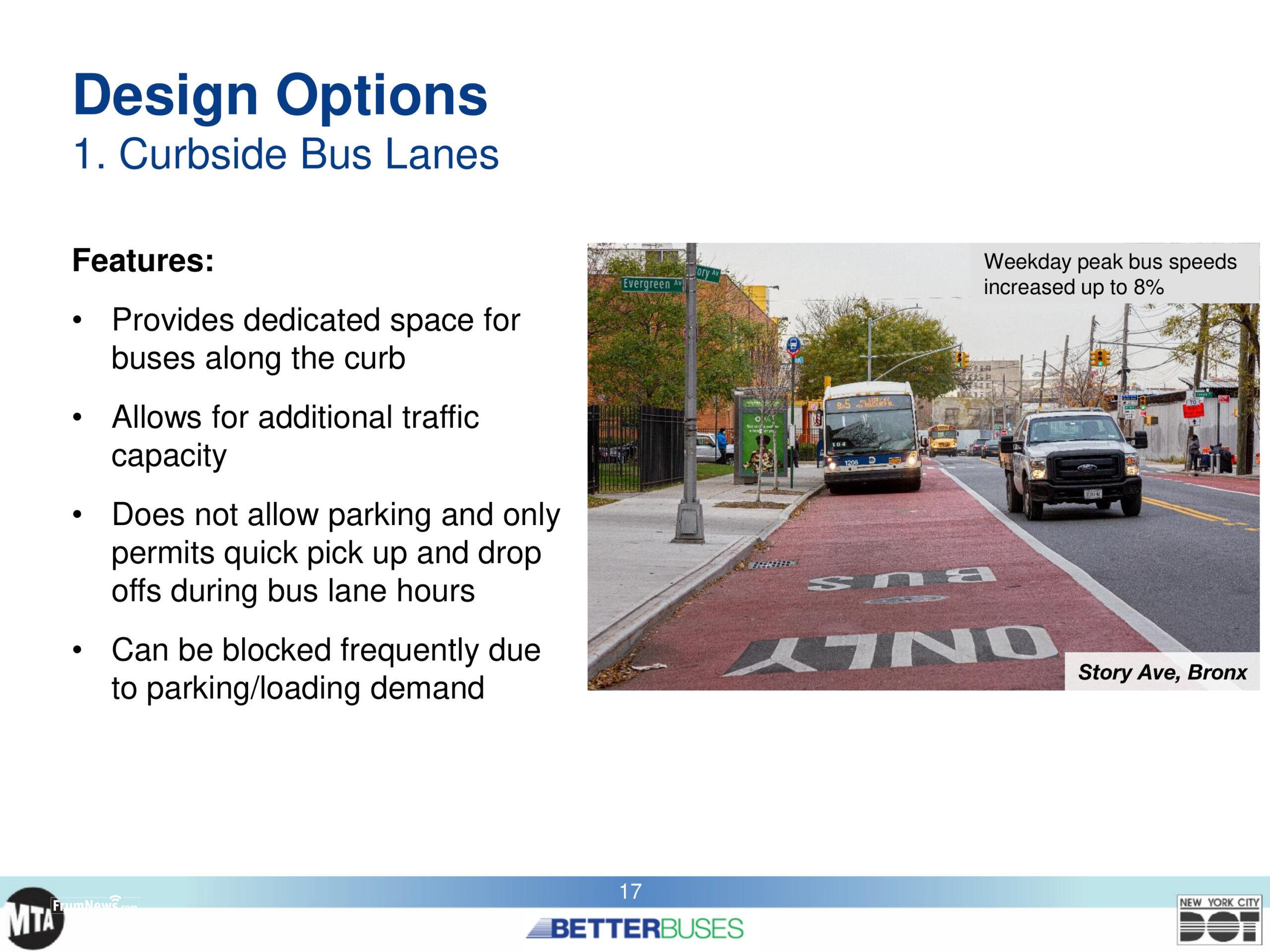

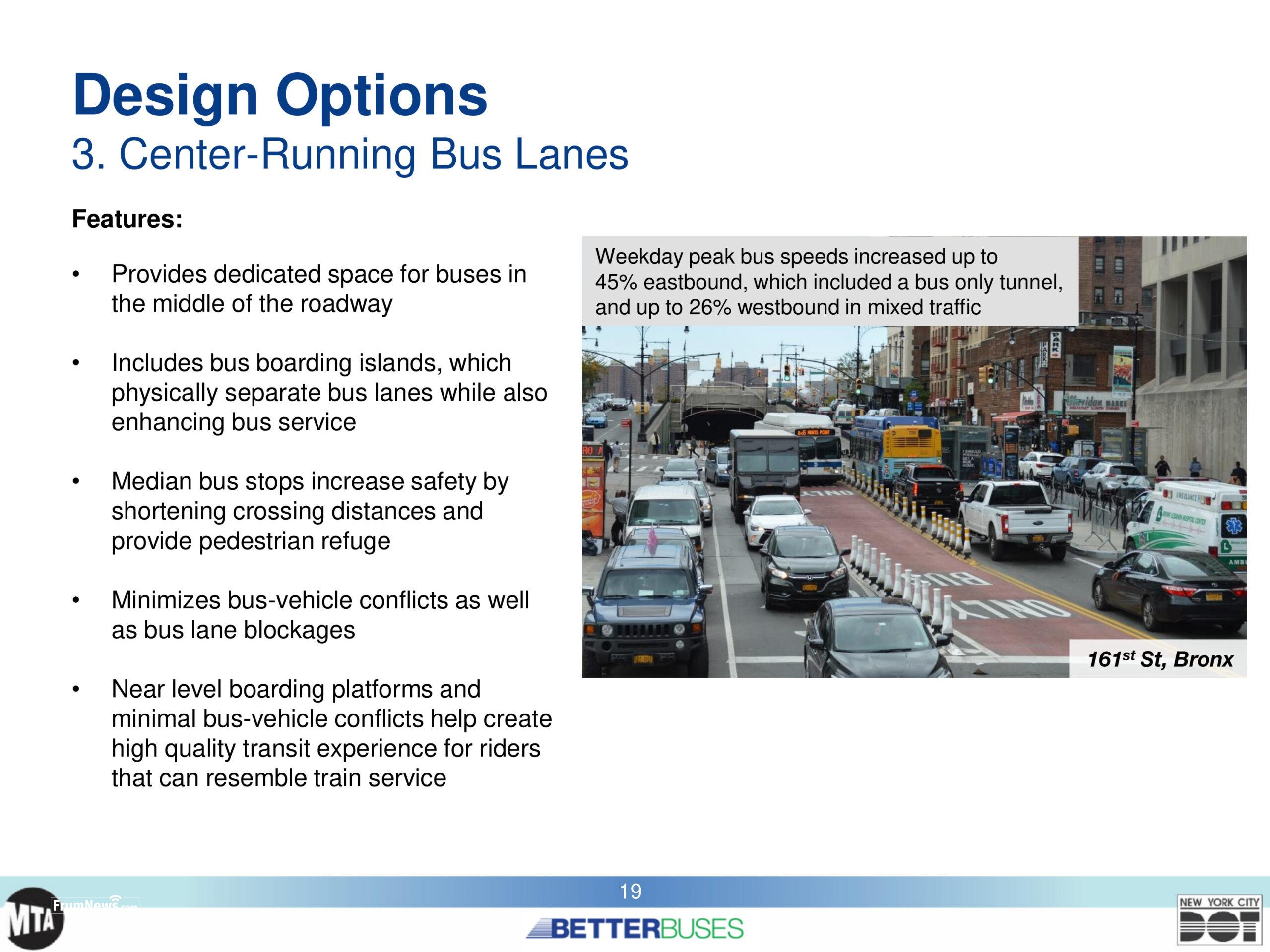
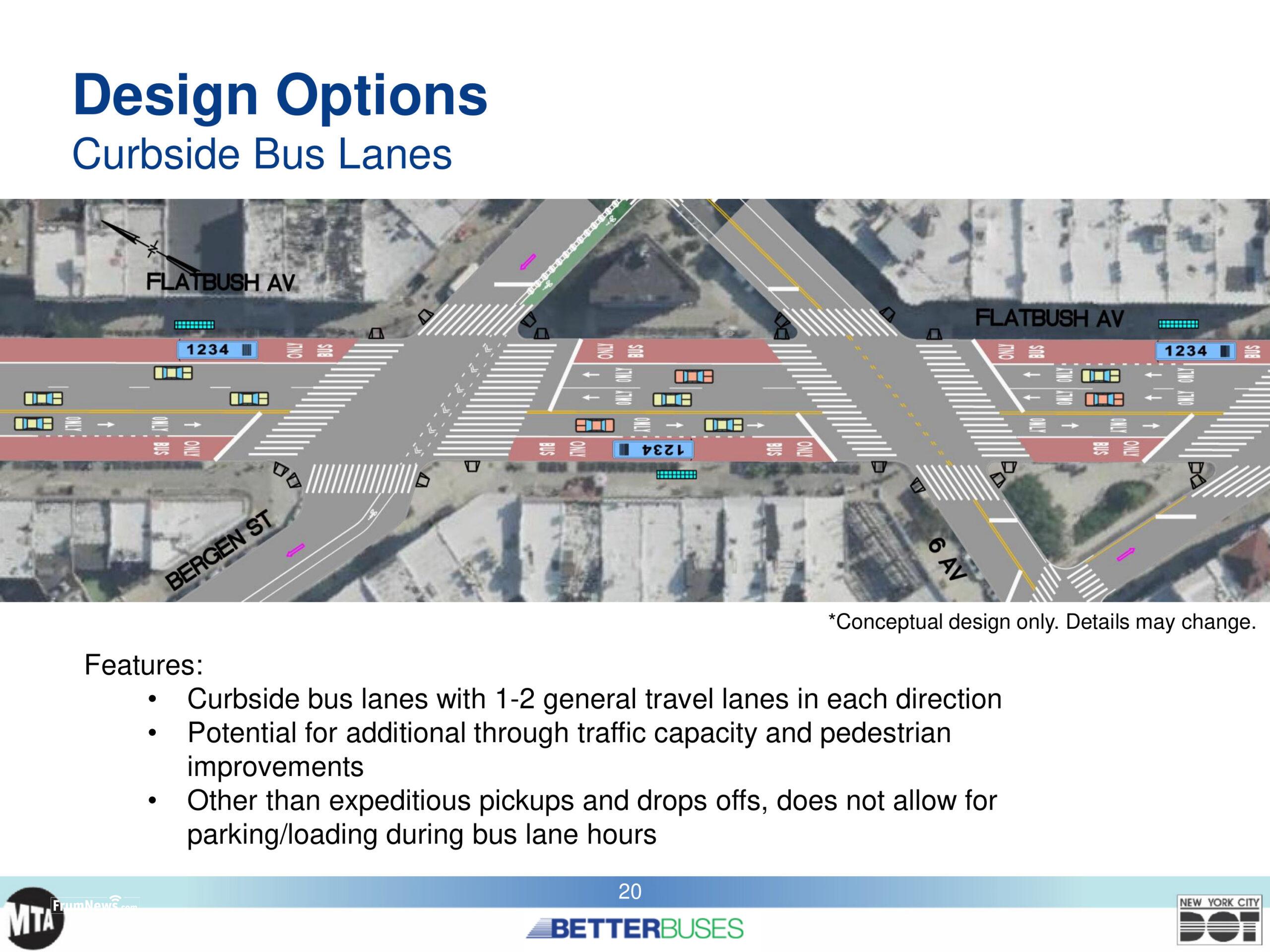
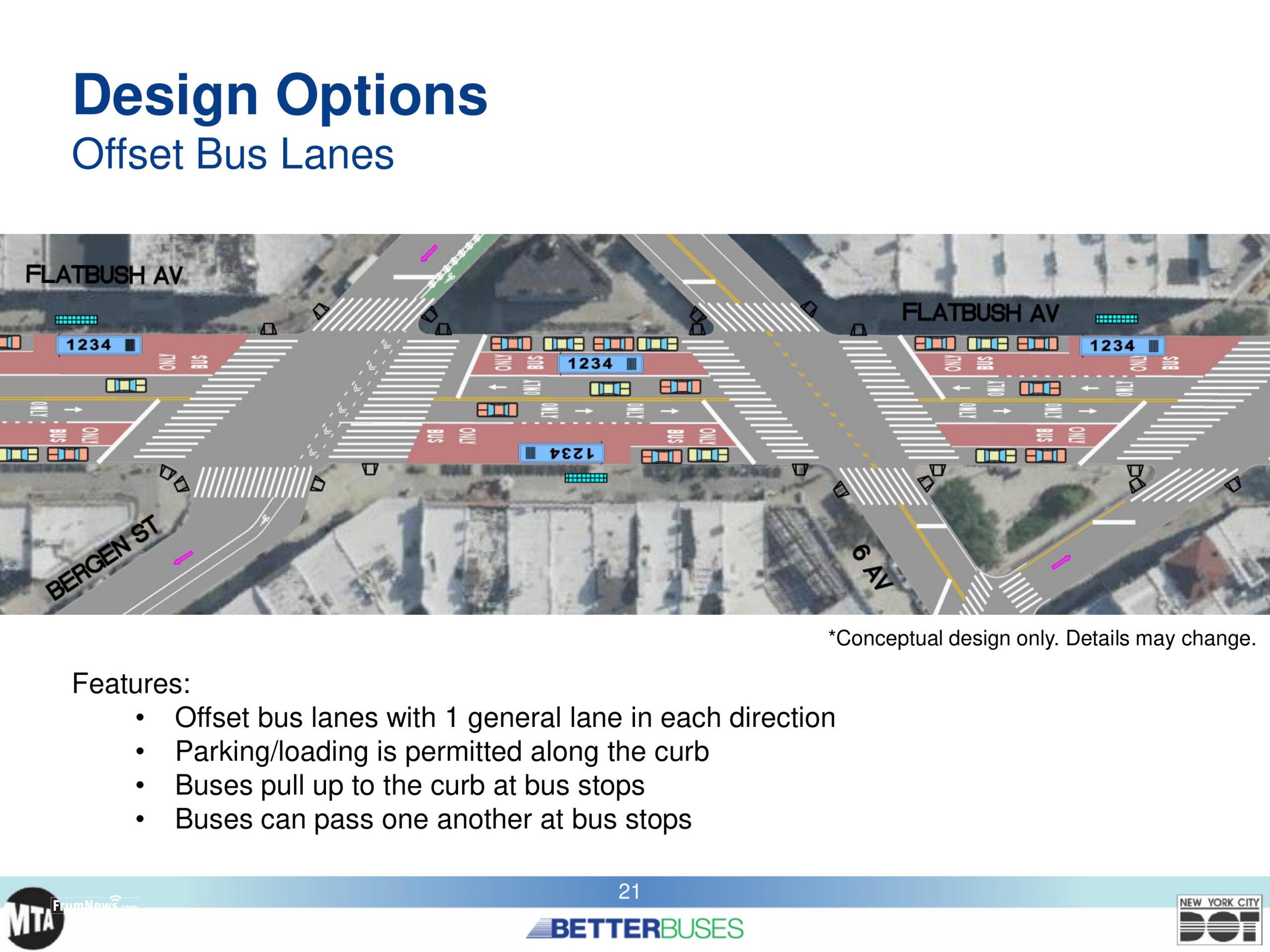
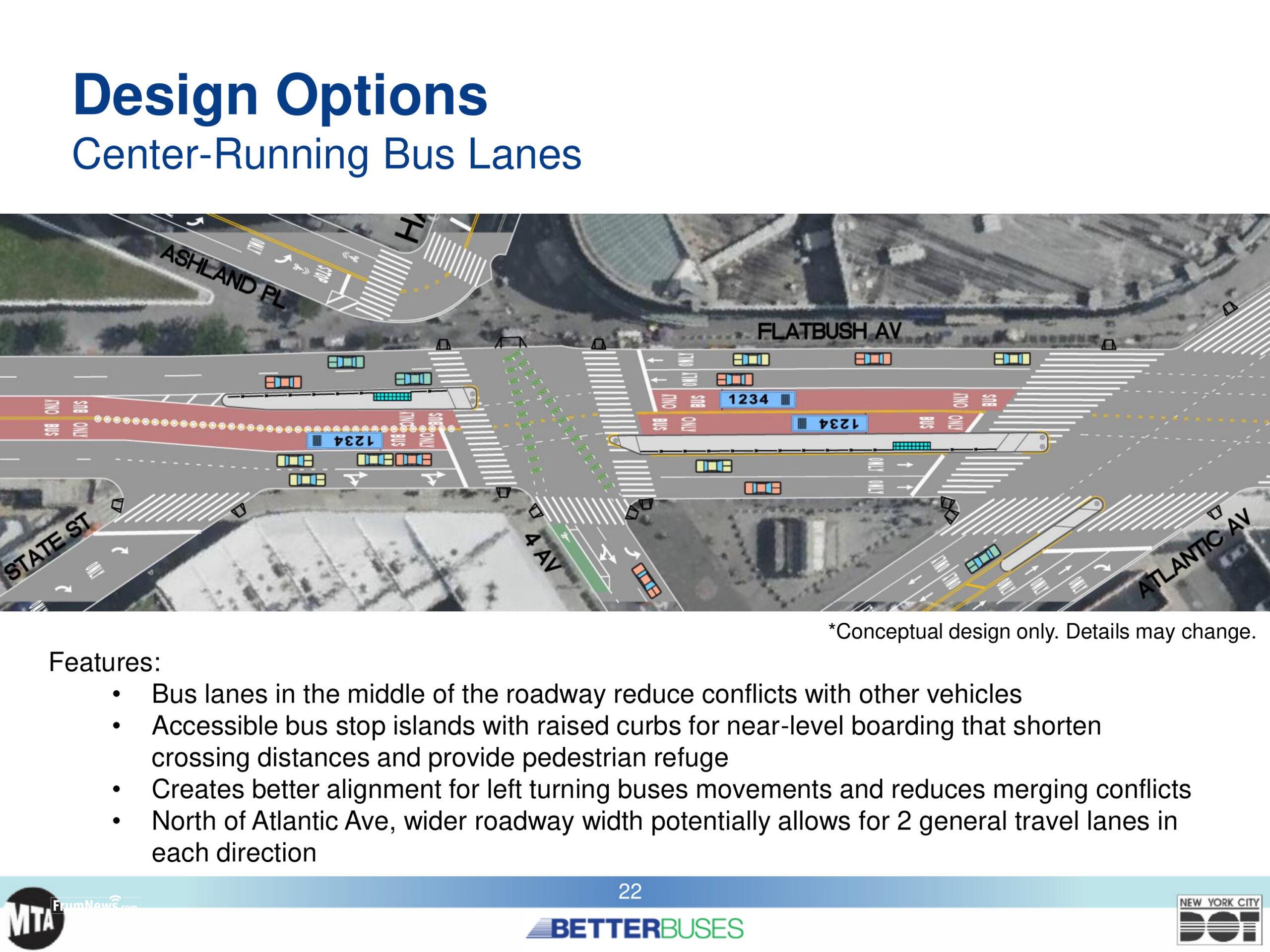
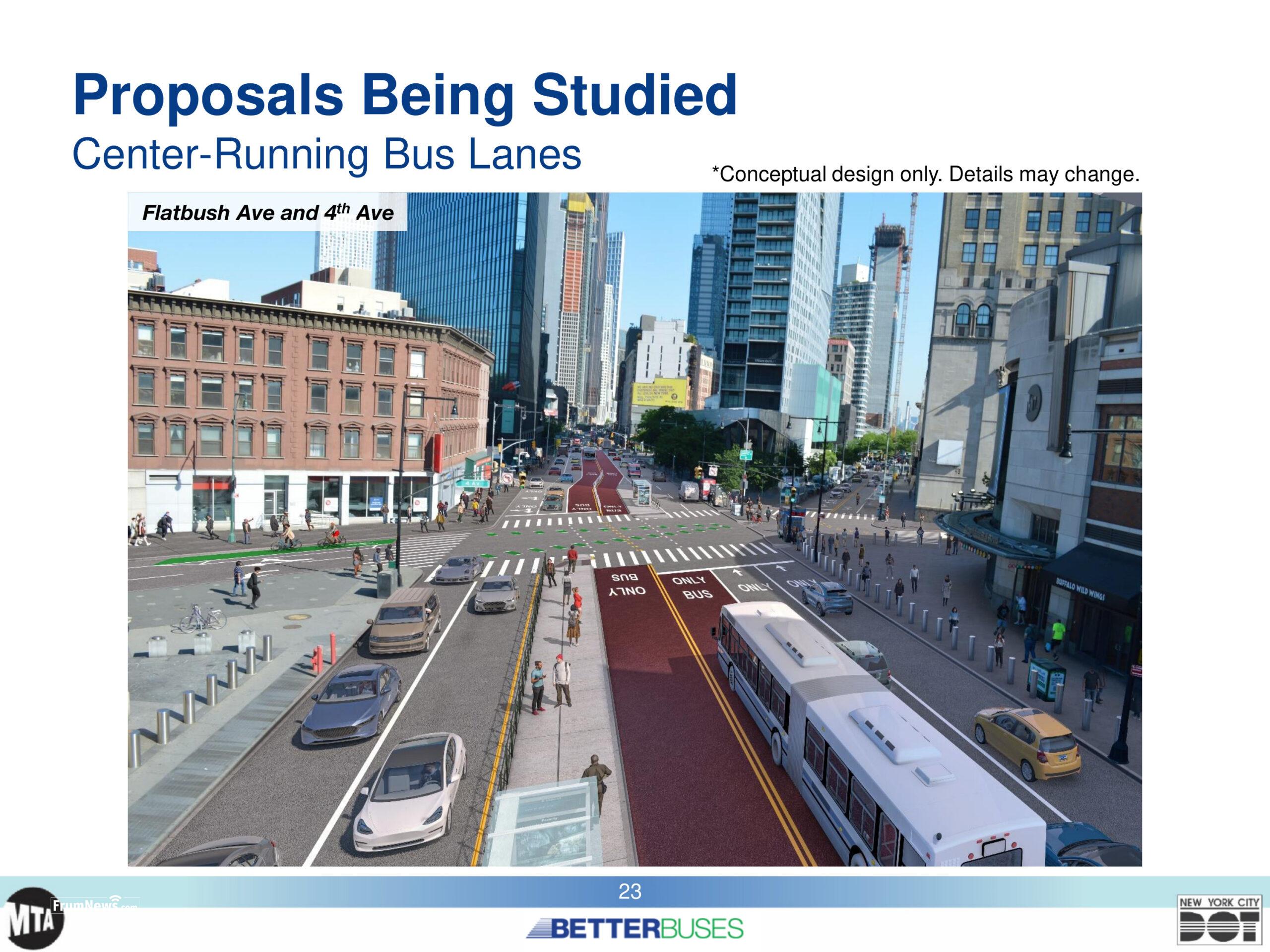
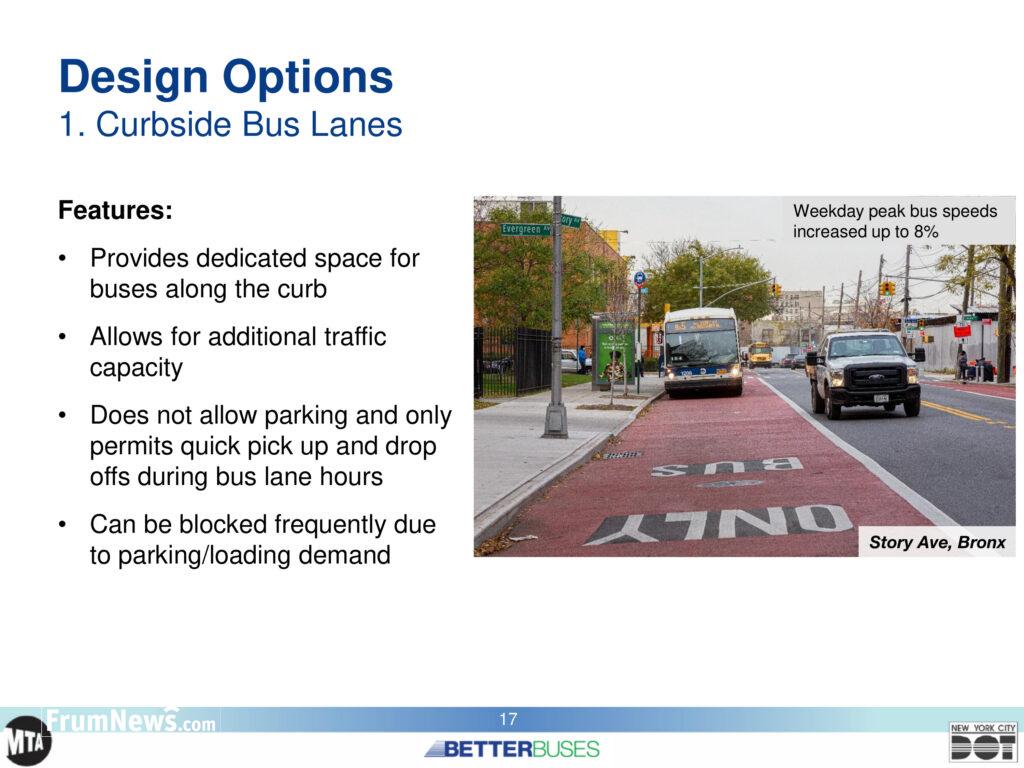
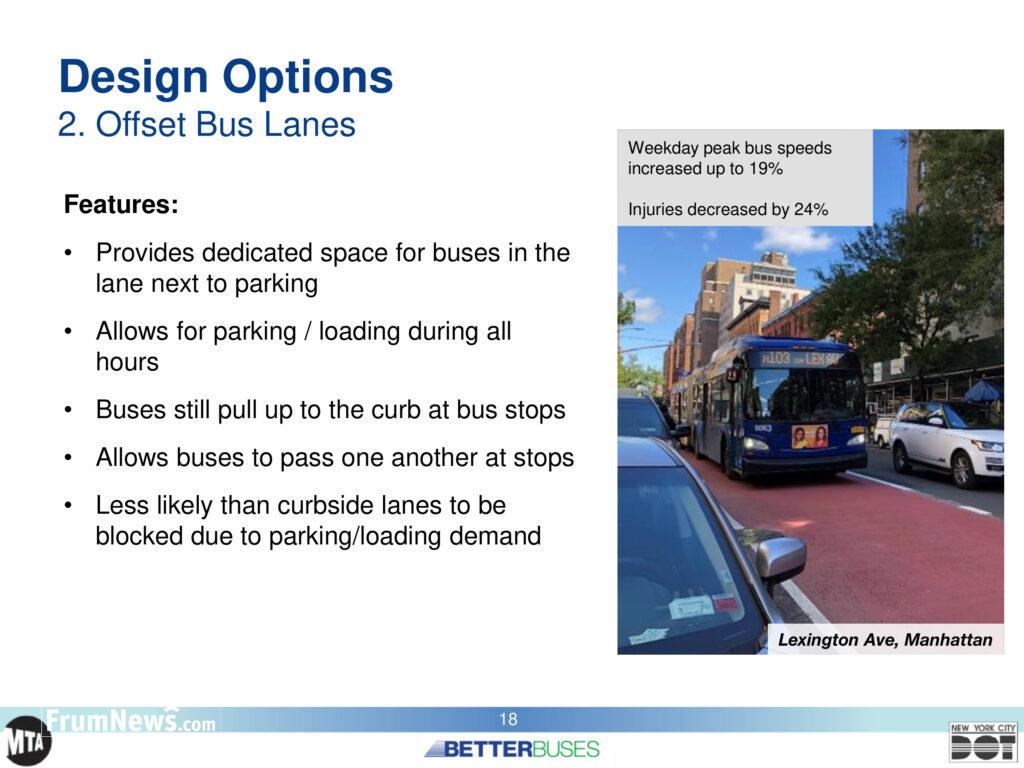
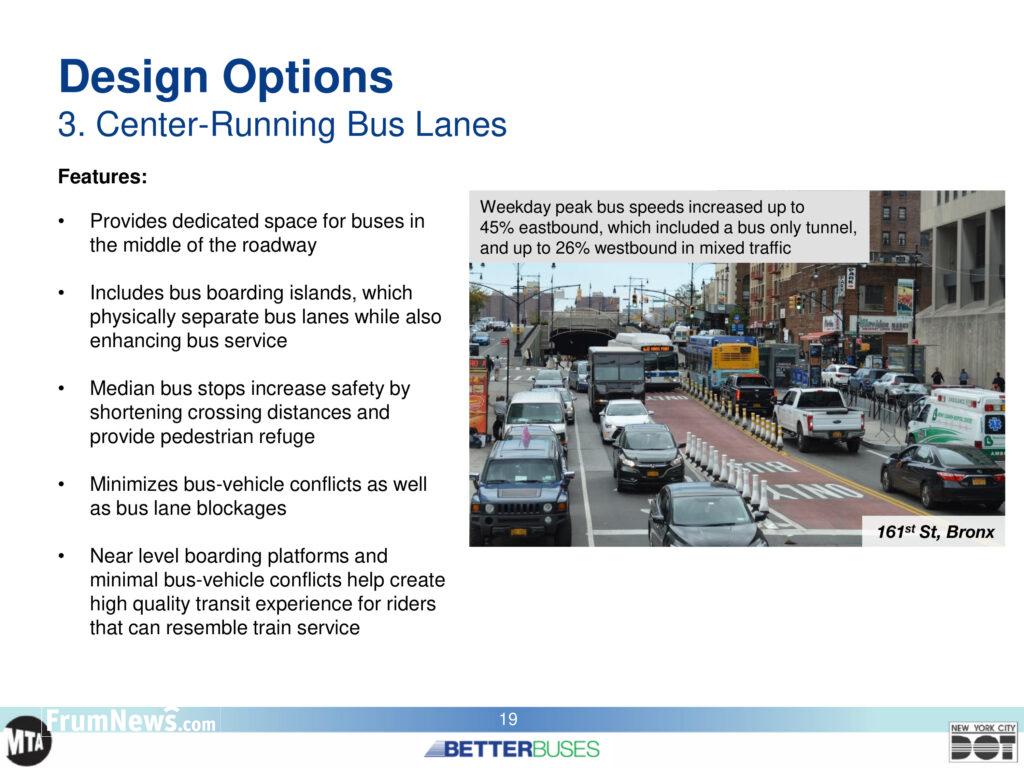

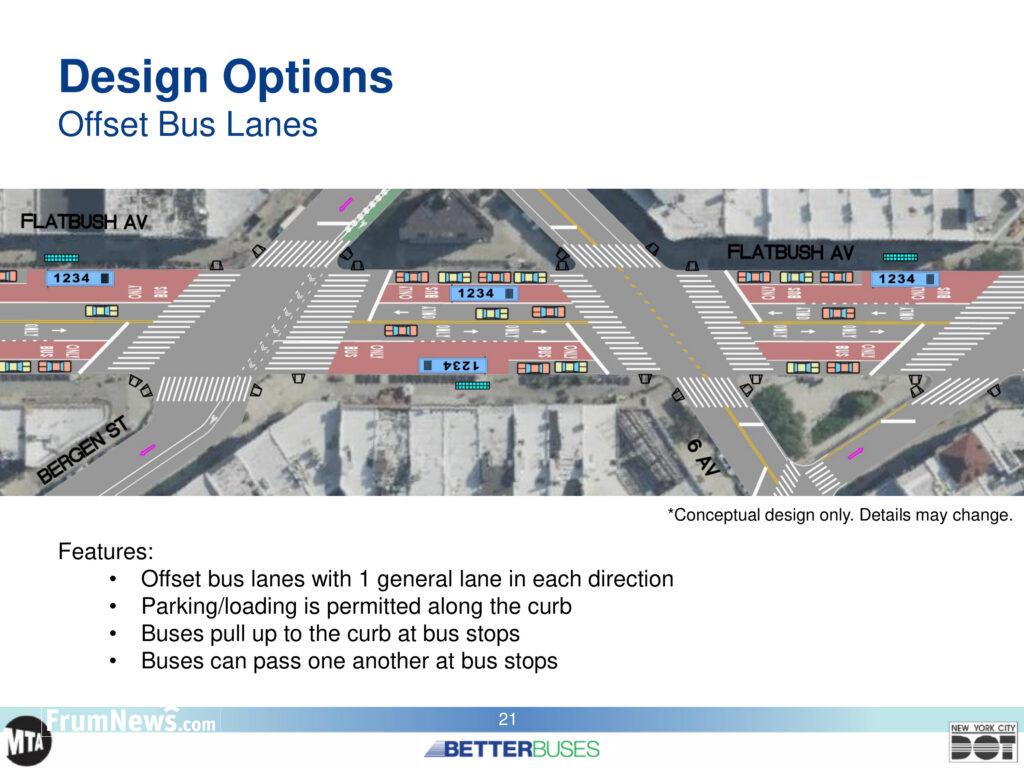
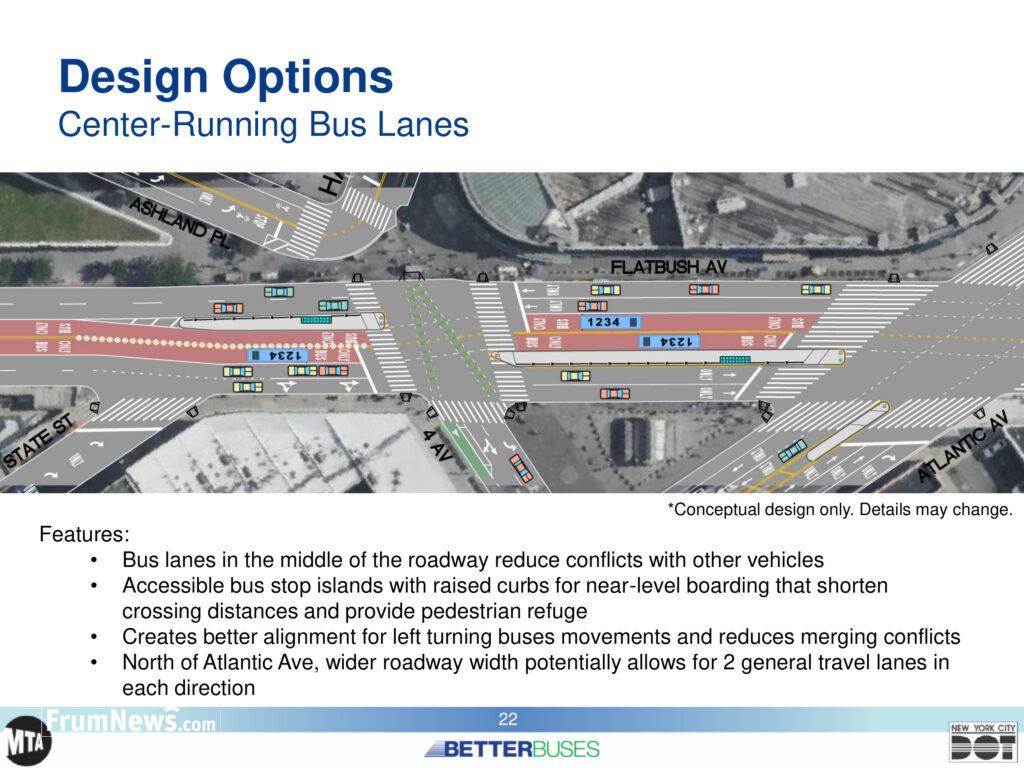


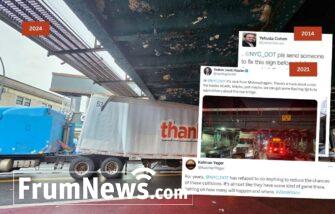
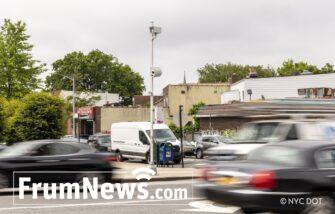
Post your comments: